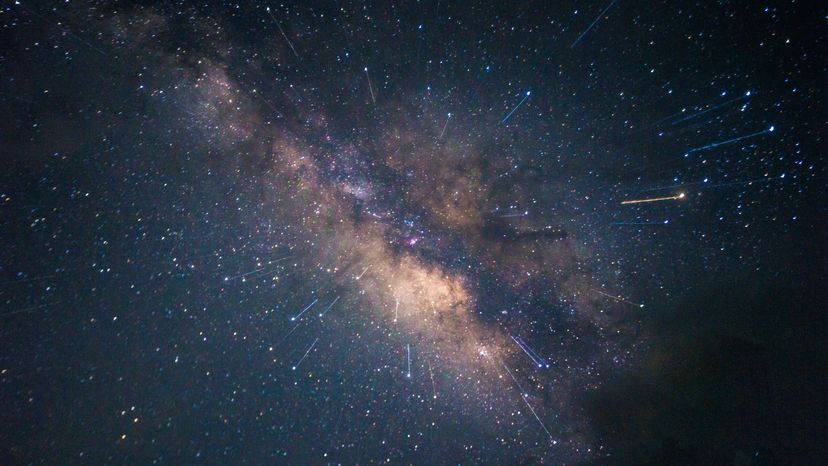
Key Takeaways
- Two pieces of the same metal will stick together in space due to the absence of atmospheric oxygen, preventing oxidation and allowing the metals to cold weld in vacuum conditions.
- The Pistol Star, one of the most massive and luminous stars known, is located 25,000 light-years away and is 10 million times brighter than the sun, largely obscured from view by interstellar dust.
- The universe is so vast that there are more stars than grains of sand on Earth's beaches and deserts.
From time to time, we all gaze up at the stars and wonder about outer space. It can be an incredibly mind-blowing, beautiful, fascinating, exciting and even scary place to think about, as it is so incomprehensibly vast and unexplored and it contains so many secrets. We seemingly discover new things about outer space each year and there have been some astonishing accomplishments in recent times, yet we have barely dipped our toes in the water. These out-of-this-world 10 facts are sure to make your next stargazing experience a truly mind-bending one.
Advertisement